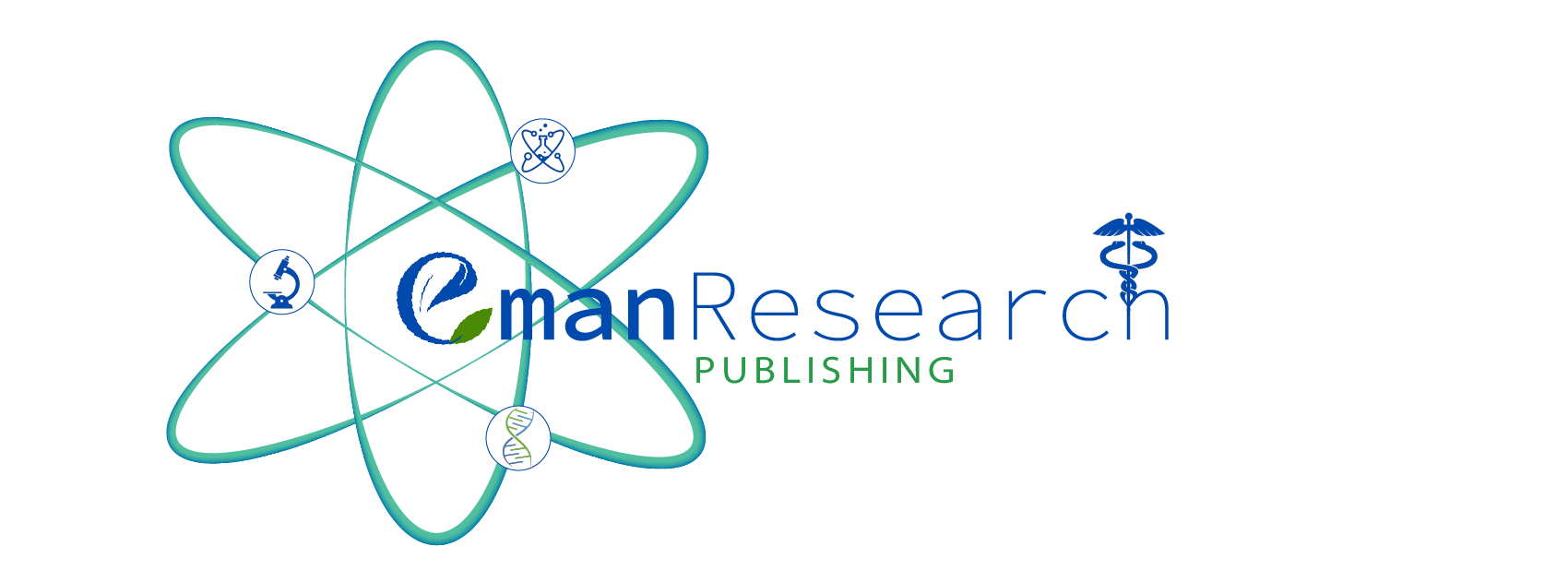Smart Wound Monitoring and Healing Assessment System With Deep Learning Methods - A Systematic Review
Abhijeet Madhukar Haval 1*, Akanksha Mishra 1, Sushree Sasmita Dash 1
Journal of Angiotherapy 8(1) 1-9 https://doi.org/10.25163/angiotherapy.819489
Submitted: 09 November 2023 Revised: 15 January 2024 Published: 25 January 2024
Wound features impact healing; indicators like temperature, oxygen levels, and moisture influence the process. This review shows and effective at-home wound monitoring with biosensors.
Abstract
This review describes a Deep Learning Smart Wound Monitoring (DL-SWM) system, focusing on the healing process of both acute and chronic skin wounds. Recognizing the impact of various factors such as environment, patient characteristics, and wound features on the healing timeline, the review emphasizes the need for more efficient wound monitoring methods. The proposed DL-SWM integrates biosensors, a microcontroller, and a fuzzy inference system to assess critical wound indicators, primarily focusing on hydration levels. The hardware design incorporates an Arduino-based biometric sensor device, while the fuzzy inference system predicts the impact of biomarkers on wound hydration. The review study also explores the segmentation of wounds using a Convolutional Neural Network (CNN) called MobileNetV2, providing detailed insights into the wound healing stages. In the literature review, various advancements in wound monitoring technologies, such as hydrogels, clinical decision-making systems, and wearable biological sensors, are discussed. The proposed DL-SWM is compared with existing methods through simulation analysis, demonstrating superior efficiency, accuracy, and lower error rates. The study concludes with the potential prospects of DL-SWM in revolutionizing wound monitoring and treatment, offering a more convenient and effective approach for healthcare practitioners and improving patient outcomes.
Keywords: Wound Monitoring, Healing System, Biosensor Technology, Deep Learning, Fuzzy Inference System
References
Adnan, M., Asif, M., Ahmad, M. B., Mahmood, T., Masood, K., Ashraf, R., & Faisal, C. N. (2023, July). An Automatic Wound Detection System Empowered by Deep Learning. In Journal of Physics: Conference Series (Vol. 2547, No. 1, p. 012005). IOP Publishing.
https://doi.org/10.1088/1742-6596/2547/1/012005
Chen, Y. W., Hsu, J. T., Hung, C. C., Wu, J. M., Lai, F., & Kuo, S. Y. (2018). Surgical wounds assessment system for self-care. IEEE Transactions on Systems, Man, and Cybernetics: Systems, 50(12), 5076-5091.
https://doi.org/10.1109/TSMC.2018.2856405
Cicceri, G., De Vita, F., Bruneo, D., Merlino, G., & Puliafito, A. (2020). A deep learning approach for pressure ulcer prevention using wearable computing. Human-centric Computing and Information Sciences, 10(1), 1-21.
https://doi.org/10.1186/s13673-020-0211-8
Cui, L., Li, J., Guan, S., Zhang, K., Zhang, K., Li, J. (2022). Injectable multifunctional CMC/HA-DA hydrogel for repairing skin injury. Materials Today Bio. 14, 100257.
https://doi.org/10.1016/j.mtbio.2022.100257
Curti, N., Merli, Y., Zengarini, C., Starace, M., Rapparini, L., Marcelli, E., ... & Giampieri, E. (2024). Automated Prediction of Photographic Wound Assessment Tool in Chronic Wound Images. Journal of Medical Systems, 48(1), 14.
https://doi.org/10.1007/s10916-023-02029-9
Falanga, V., Isseroff, R.R., Soulika, A.M., Romanelli, M., Margolis, D., Kapp, S., Harding, K. (2022). Nat. Rev. Dis. Primers. 8(1), 50.
https://doi.org/10.1038/s41572-022-00377-3
Farahani, M., & Shafiee, A. (2021). Wound healing: From passive to smart dressings. Advanced Healthcare Materials, 10(16), 2100477.
https://doi.org/10.1002/adhm.202100477
Garland, N.T., Song, J.W., Ma, T., Kim, Y.J., Vázquez-Guardado, A., Hashkavayi, A. B., Bandodkar, A.J. (2023). A Miniaturized, Battery-Free, Wireless Wound Monitor That Predicts Wound Closure Rate Early. Adv. Healthc. Mater. 12(28), 2301280.
https://doi.org/10.1002/adhm.202301280
Huang, S.T., Chu, Y.C., Liu, L.R., Yao, W.T., Chen, Y.F., Yu, C.M., Tsai, M.F. (2023). Deep Learning-Based Clinical Wound Image Analysis Using a Mask R-CNN Architecture. J Med Biol Eng. 43(4), 417-426.
https://doi.org/10.1007/s40846-023-00802-2
Jeong, S.H., Cheong, S., Kim, T.Y., Choi, H., Hahn, S.K. (2023). Supramolecular hydrogels for precisely controlled antimicrobial peptide delivery for diabetic wound healing. ACS Appl. Mater. Interfaces. 15(13), 16471-16481.
https://doi.org/10.1021/acsami.3c00191
Khalil, A., Elmogy, M., Ghazal, M., Burns, C., & El-Baz, A. (2019). Chronic wound healing assessment system based on different features modalities and non-negative matrix factorization (nmf) feature reduction. IEEE Access, 7, 80110-80121.
https://doi.org/10.1109/ACCESS.2019.2923962
Kumar, B. S., Anandakrishan, K. C., Sumant, M., & Jayaraman, S. (2023). Wound Care: Wound Management System. IEEE Access.
https://doi.org/10.1109/ACCESS.2023.3271011
Kumar, B.S., Anandakrishan, K.C., Sumant, M., Jayaraman, S. (2023). Wound Care: Wound Management System. IEEE Access.
https://doi.org/10.1109/ACCESS.2023.3271011
Lustig, M., Schwartz, D., Bryant, R., Gefen, A. (2022). A machine learning algorithm for early detection of heel deep tissue injuries based on a daily history of sub-epidermal moisture measurements. Int. Wound J. 19(6), 1339-1348.
https://doi.org/10.1111/iwj.13728
Mirhaj, M., Labbaf, S., Tavakoli, M., Seifalian, A.M. (2022). Emerging treatment strategies in wound care. Int. Wound J. 19(7), 1934-1954.
https://doi.org/10.1111/iwj.13786
Peterson, C., Miller, G.F., Barnett, S.B.L., Florence, C. (2021). Economic cost of injury-United States, 2019. Morb Mortal Wkly Rep. 70(48), 1655.
https://doi.org/10.15585/mmwr.mm7048a1
Phiri, C.C., Valle, C., Botzheim, J., Ju, Z., Liu, H. (2021). Fuzzy rule-based model for outlier detection in a topical negative pressure wound therapy device. ISA Trans. 117, 16-27.
https://doi.org/10.1016/j.isatra.2021.01.046
Qi, L., Zhang, C., Wang, B., Yin, J., Yan, S. (2022). Progress in hydrogels for skin wound repair. Macromol. Biosci. 22(7), 2100475.
https://doi.org/10.1002/mabi.202100475
Sattar, H., Bajwa, I.S., Shafi, U.F. (2022). An IoT-assisted clinical decision support system for wound healthcare monitoring. Comput. Intell. 38(1), 269-306.
https://doi.org/10.1111/coin.12482
Scebba, G., Zhang, J., Catanzaro, S., Mihai, C., Distler, O., Berli, M., Karlen, W. (2022). Detect-and-segment: A deep learning approach to automate wound image segmentation. Inform. Med. Unlocked. 29, 100884.
https://doi.org/10.1016/j.imu.2022.100884
Short, W. D., Olutoye, O. O., Padon, B. W., Parikh, U. M., Colchado, D., Vangapandu, H., ... & Balaji, S. (2022). Advances in non-invasive biosensing measures to monitor wound healing progression. Frontiers in bioengineering and biotechnology, 10, 952198.
https://doi.org/10.3389/fbioe.2022.952198
Wang, C., Shirzaei Sani, E., Gao, W. (2022). Wearable bioelectronics for chronic wound management. Adv. Funct. Mater. 32(17), 2111022.
https://doi.org/10.1002/adfm.202111022
Wang, L., Pedersen, P. C., Strong, D. M., Tulu, B., Agu, E., & Ignotz, R. (2014). Smartphone-based wound assessment system for patients with diabetes. IEEE Transactions on Biomedical Engineering, 62(2), 477-488.
https://doi.org/10.1109/TBME.2014.2358632
Wang, L., Zhou, M., Xu, T., Zhang, X. (2022). Multifunctional hydrogel as wound dressing for intelligent wound monitoring. J. Chem. Eng. 433, 134625.
https://doi.org/10.1016/j.cej.2022.134625
Wang, L., Zhou, M., Xu, T., Zhang, X. (2022). Multifunctional hydrogel as wound dressing for intelligent wound monitoring. J. Chem. Eng. 433, 134625.
https://doi.org/10.1016/j.cej.2022.134625
View Dimensions
View Altmetric
Save
Citation
View
Share


